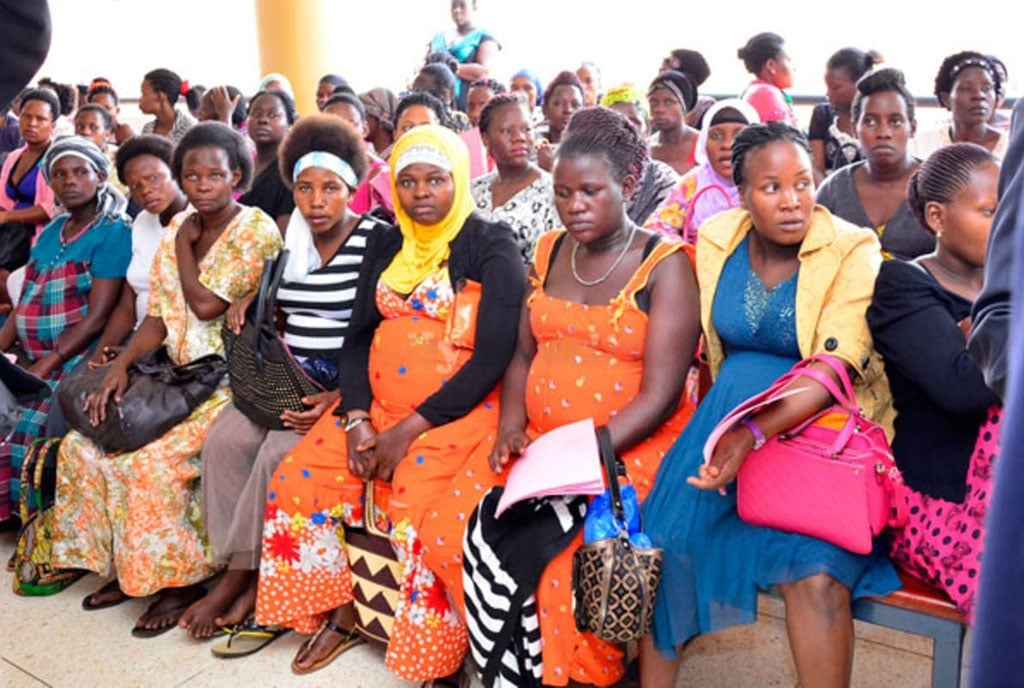Increase accountability for preventable hospital deaths, WHO tells Uganda

Dr Elizabeth Mgamb, WHO Emergency Preparedness and Response Team Lead in Uganda, talks to journalists in Kampala on March 11, 2024. PHOTO | TONNY ABET
What you need to know:
- In the UDHS 2022 report, Uganda also managed to reduce under-five deaths from 128 per 1000 live births in 2006 to 52 per 1000 live births in 2022. But this still too high given the government’s commitment to reduce the deaths to around 25 per 1000 live births.
The World Health Organisation (WHO) has tasked the government of Uganda to increase reviews of hospital deaths and ensure greater accountability to reduce preventable deaths of mothers and newborns.
This is part of the recommendations in the agency’s preliminary global report on surveillance and response to deaths of mothers and newborns. It was presented by the WHO officials in Kampala on Monday during the Global Maternal and Perinatal Death Surveillance and Response (MPDSR) Technical Working Group meeting which has attracted delegates from around 17 countries.
Dr Elizabeth Mgamb, the WHO Emergency Preparedness and Response Team Lead in Uganda, said that although Uganda has significantly reduced maternal and newborn deaths, more still needs to be done.
“The whole idea of MPDSR is to stop preventable maternal and perinatal deaths. And for us to do that, we have to review –each and every death counts and has to matter,” Dr Mgamb said in an interview.
“We have to review and go back to the roots so that we can know what is causing these deaths, then we can address some of these issues. That is why WHO has brought these countries together so we can learn from each other what has been working,” she added.
Uganda, according to figures in the Uganda Demographic and Health Survey (UDHS) 2022 report released in September 2023, registers 189 maternal deaths per 100,000 live births, which is still too high given the global target of reducing the deaths to less than 70 per 100,000 live births by the year 2030.
Ministry of Health officials say many of these deaths can be prevented. However, there has been a significant reduction from 418 deaths per 100,000 births in 2006 to the current figures, according to government figures.
In the UDHS 2022 report, Uganda also managed to reduce under-five deaths from 128 per 1000 live births in 2006 to 52 per 1000 live births in 2022. But this still too high given the government’s commitment to reduce the deaths to around 25 per 1000 live births.
Dr Mgamb linked the reduction in maternal and newborn deaths to the implementation of MPDSR.
“Uganda is one of the countries that is implementing MPDSR across all the levels. This has contributed to the progress that has been made in the reduction of child, newborn and maternal mortalities. This has been shown in the 2022 UDHS,” she said.
Dr Diana Atwine, the Permanent Secretary at the Health Ministry said the global technical working group is the one that reviews the performance of the member states on the maternal death reviews.
“We are here to look at the progress made, the lessons we can learn from different countries, but most importantly, to look at the challenges that still stand in the way of having effective reviews of maternal and child deaths. They chose Uganda because of the progress and what we are doing through our innovations that we have put in place to reduce significantly maternal and child deaths,” she said.
Dr Atwine said the country still has to strengthen the areas of late referral of patients, address teenage pregnancies (one of the major contributors to maternal deaths), and increase the budget for health to ensure there are enough medical supplies.




